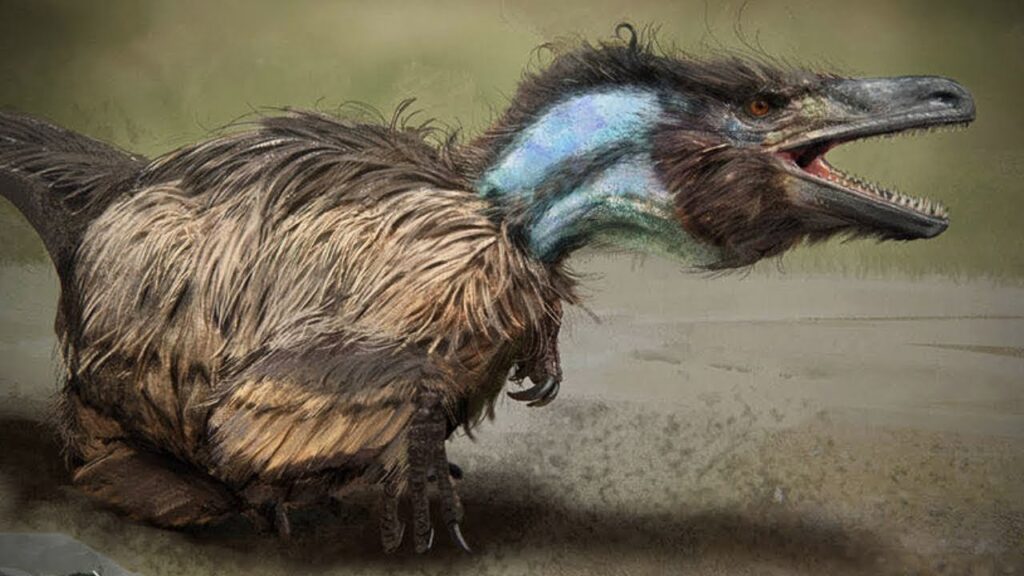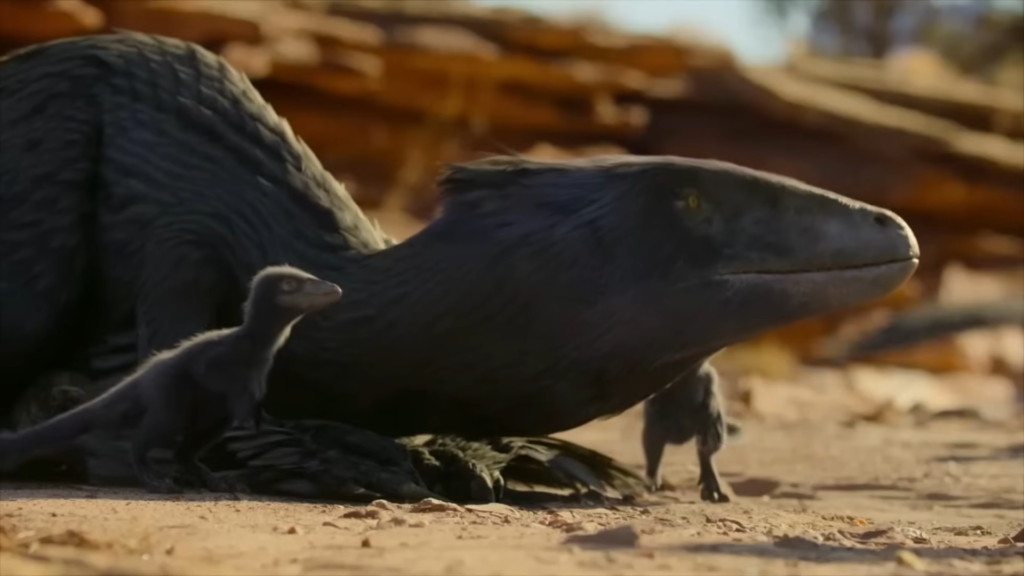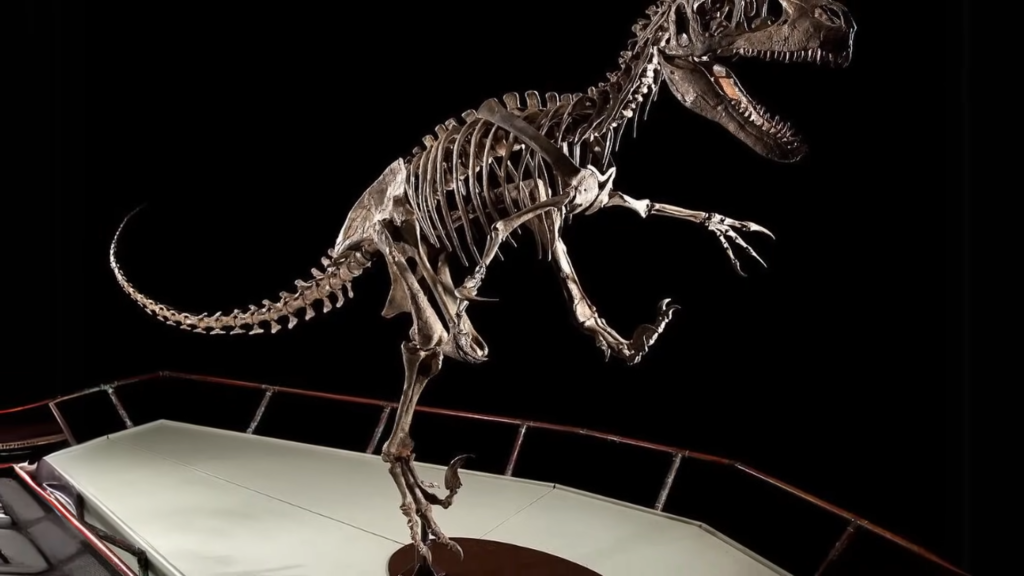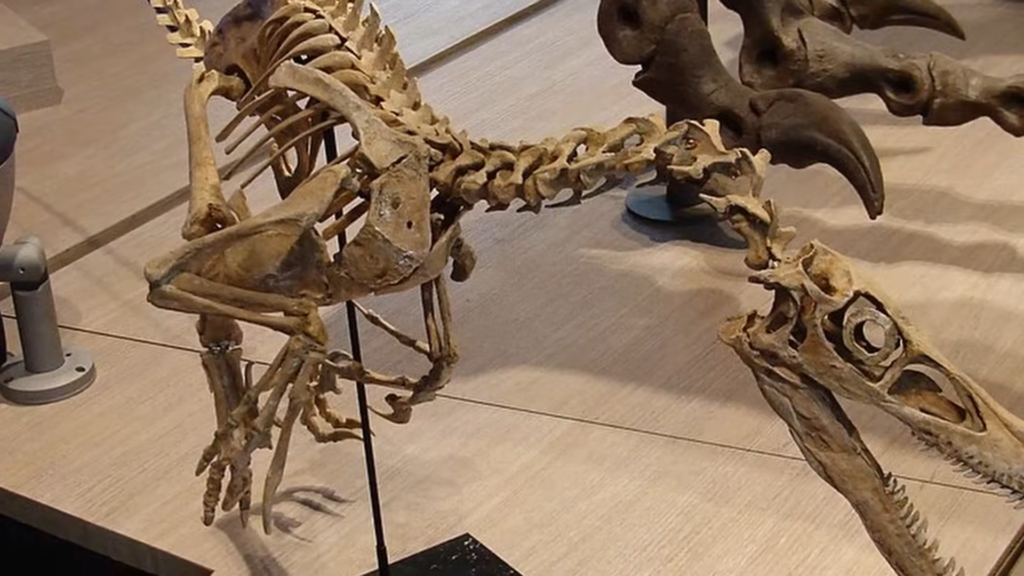The Mesozoic era, also known as the age of the dinosaurs, witnessed the rise of numerous legendary animal families whose names echo through the corridors of time. Among these, the Tyrannosaurs, titanosaurs, and spinosaurs reign supreme, thanks to their imposing sizes and formidable nature. However, one family of dinosaurs, despite its relatively diminutive stature, has carved out a niche of its own in the annals of history—the dromeosaurs, more commonly known as the Raptors.

Thriving from the middle Jurassic to the end of the Cretaceous period, these feathered celosaur and theropod dinosaurs became exceptionally successful, not for their size, but for their sleek yet deadly builds. Sporting an iconic weapon unique among most animals, the Raptors quickly gained notoriety. While many members of this family have left their mark on paleontology and mainstream media, one specific dromeosaur consistently stands above the rest in both popularity and infamy—the Velociraptor.

Believed to have coexisted alongside the T-Rex in North America, mainly due to its appearance in Jurassic Park, the Velociraptor never actually met its larger contemporary. Its remains were discovered in Mongolia in 1923, not North America, within the Jeda Formation of the Gobi Desert. Initially misclassified as a megalosaur, subsequent discoveries led to its reassignment to the dromeosaur family, earning it the name Velociraptor mongoliensis, meaning “Mongolia Swift Plunderer,” inspired by its agile build and carnivorous diet.
The choice of “Velociraptor” for the Raptors in Jurassic Park by Michael Crichton, the author of the book, propelled this dinosaur to international stardom. However, the depiction in the movie, based on the larger Deinonychus, led to misconceptions about the Velociraptor’s size.

In reality, the Velociraptor was much smaller, measuring between 1.5 and 2.07 meters in length and standing just 0.5 meters tall at the hips, weighing a maximum of 19.7 kilograms. Despite its small size, the Velociraptor possessed remarkable speed and agility, capable of reaching speeds of up to 64 kilometers per hour in short bursts.
Its most iconic feature, the sickle-shaped toe claw, was its deadliest weapon, used to pierce vital organs like the jugular vein or trachea, leading to a swift demise for its prey. Contrary to popular belief, Velociraptors likely hunted alone rather than in packs, scavenging when necessary.

Feathered across its entire body, the Velociraptor’s feathers served various purposes, from nest covering to enhancing speed and social display. Despite its aggressive nature towards others of its kind, it was an adept hunter, thriving in the diverse and harsh environments of the Gobi Desert.
Though extinct for millions of years, the Velociraptor’s legacy lives on, immortalized in popular culture and scientific research. Its story, shrouded in mystery and fascination, continues to captivate minds and inspire discoveries in the field of paleontology.




